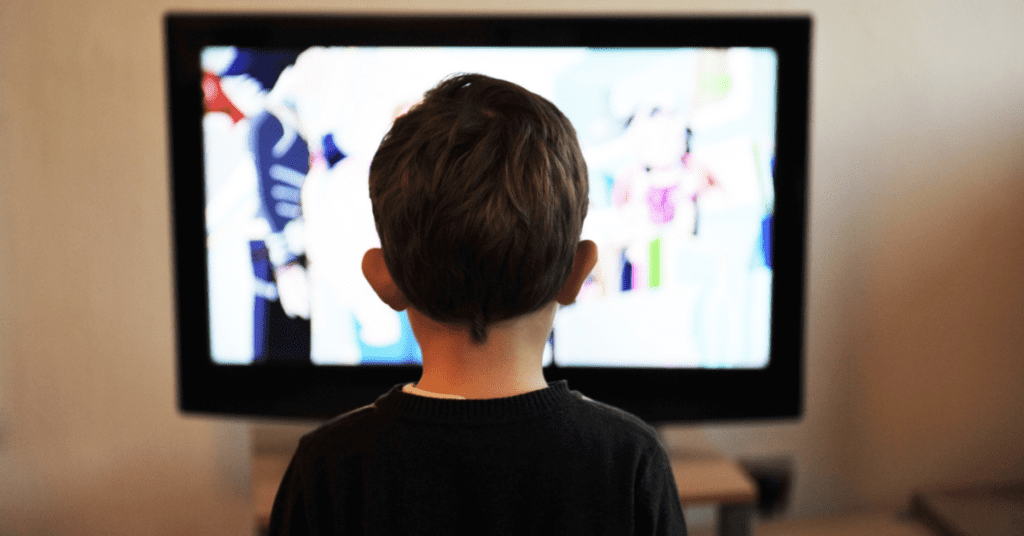Autism Representation in the Media
Autistic representation in the media is a double-edged sword. A tasteful and accurate representation of the condition can not only spread autism awareness, but such a portrayal can also instill more acceptance in the world for people living on the spectrum. A poor representation can do more harm than good by leading to myths or creating hate that spreads throughout society.
Blue Parachute has created a library of videos that act as autism home support services. These videos were designed to help a variety of people and locations to learn more about ASD and teach those on the spectrum.
We believe that proper autism representation is vital in shaping the cultural view of this condition. We want teachers, parents, and children on the spectrum to understand more. That is why we have written this and other blogs that discuss topics related to autism spectrum disorder.
Our videos are here to aid those with ASD in learning many essential skills, including life, communication, and other skills. Because such skills are usually provided to children by their parents, these aren’t always fully covered in schools.
Good Representation of Autism in the Media
Behavioral support at home and in public is critical for anyone living on the autism spectrum. Media that includes proper and correct autism representation can help promote this support.
Works such as Anything But Typical, Silicon Valley, The Middle, and Community show people on the autism spectrum as complete people with rounded characters. This is done in a respectful and understanding way in which the condition is not their only characteristic. In addition, these shows have made people from many different backgrounds living with the condition feel represented and heard.
Are the media representations of the autism spectrum accurate? Not always. Fortunately, autism and representation have both seen improvements. Works like these can be seen as building blocks from which to continue the trend of acceptance and understanding of ASD.
Autism Misrepresentation in the Media
The percentage of people on the spectrum is believed to be around 2%. This makes it disheartening to see how autism representation in the media can do a poor job of separating the person from their condition. These false representations perpetuate myths about ASD that are not based on truth.
What makes movies such as The Accountant, Music, and Rain Man problematic? The characters in these films with autism spectrum disorder make it harder to understand the condition. In addition, they misrepresent ASD in a way that, to some, comes off as offensive. Such moves also create ideas that some traits are stereotypical.
One Movie Can Result in Many Assumptions
For example, in Rain Main, the character of Raymond, played by Dustin Hoffman, was based on a gentleman named Kim Peek (1951-2009).1 Kim, who was on the spectrum, had savant syndrome. This syndrome is a condition where a person has excellent memory, ability, and/or talent.
In Rain Main, this was portrayed in such scenes as when a box of toothpicks fell, and Raymond was able to count them incredibly quickly and accurately. The problem with this and similar movie scenes, however, is that those who are not knowledgeable about autism spectrum disorder might make assumptions based on what they see on screen.
When considering various scenes in Rain Main, viewers might make incorrect assumptions. In the movie’s scene where the toothpicks are counted, some movie watchers may mistakenly believe that all those on the spectrum have savant syndrome. The reality is that only about one person per million has this condition,2 and only one in ten people diagnosed with autism has a skill that would be considered savant.3
The Effects of Misrepresentation
Showing that a person living on the spectrum is inherently different or unique can be damaging, even if such a creation of art was well-intended. Ensuring that people with special needs are not categorized as “other” is crucial in growing acceptance and understanding of autism and the people affected by it.
Fortunately, when it comes to media representation, we have witnessed many trends headed in the right direction. It is still crucial to never settle when it comes to fair and honest representation.
Autism Therapy and Education
As the parent or guardian of someone living on the autism spectrum, be sure to show them films, shows, and other works that appropriately display people with ASD. However, ensure that these pieces of media do not make them feel further separated or outcast from the rest of the community.
If you need additional autism spectrum training or education, the videos available from Blue Parachute might be exactly what you are looking for. Based on Applied Behavior Analysis (ABA) therapy and created by Licensed and Certified Behavior Therapists, our videos can help you teach children on the spectrum, young adults preparing for adulthood, and many others.
We are here for teachers, parents, communities, and more, with our video assortment. We understand that one price does not fit all, which is why we established subscription pricing. Whether you need to watch only a handful of videos or you can be helped by many, we can help you find a subscription that works for you.
Click here and sign up now to take full advantage of our library of high-quality, evidence-based resources to help individuals with ASD be set up for success and reach their full potential. Blue Parachute. Easy. Affordable. Life-Changing.
SOURCES:
1 – The New York Times – Kim Peek, Inspiration for ‘Rain Main,’ Dies at 58
2 – Wikipedia – Savant Syndrome
3 – SSM Health – Savant Syndrome
RELATED READINGS:


